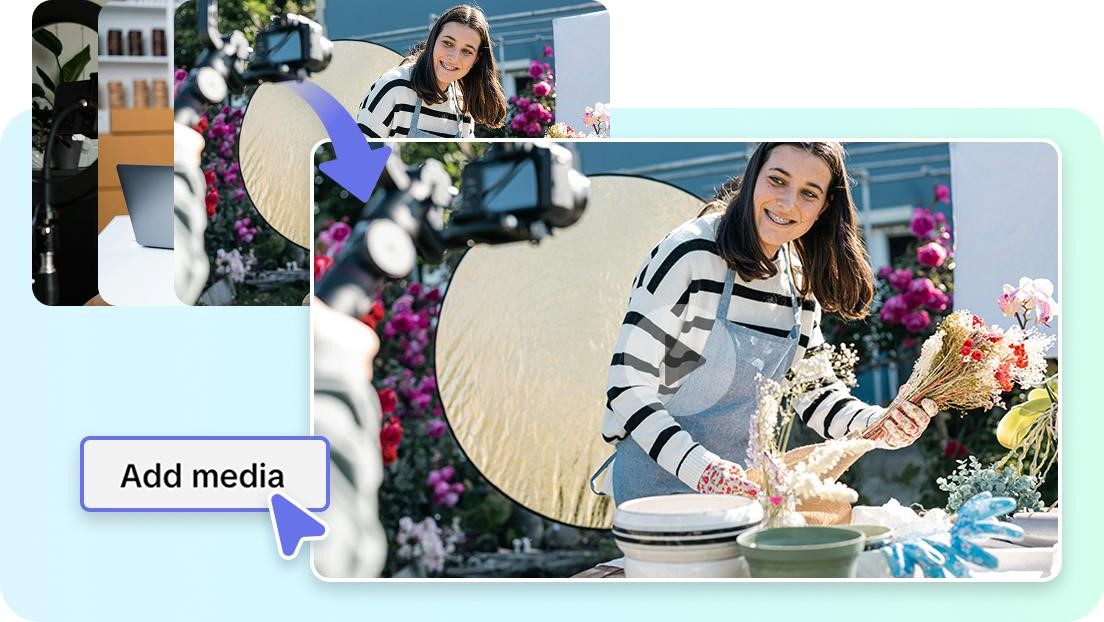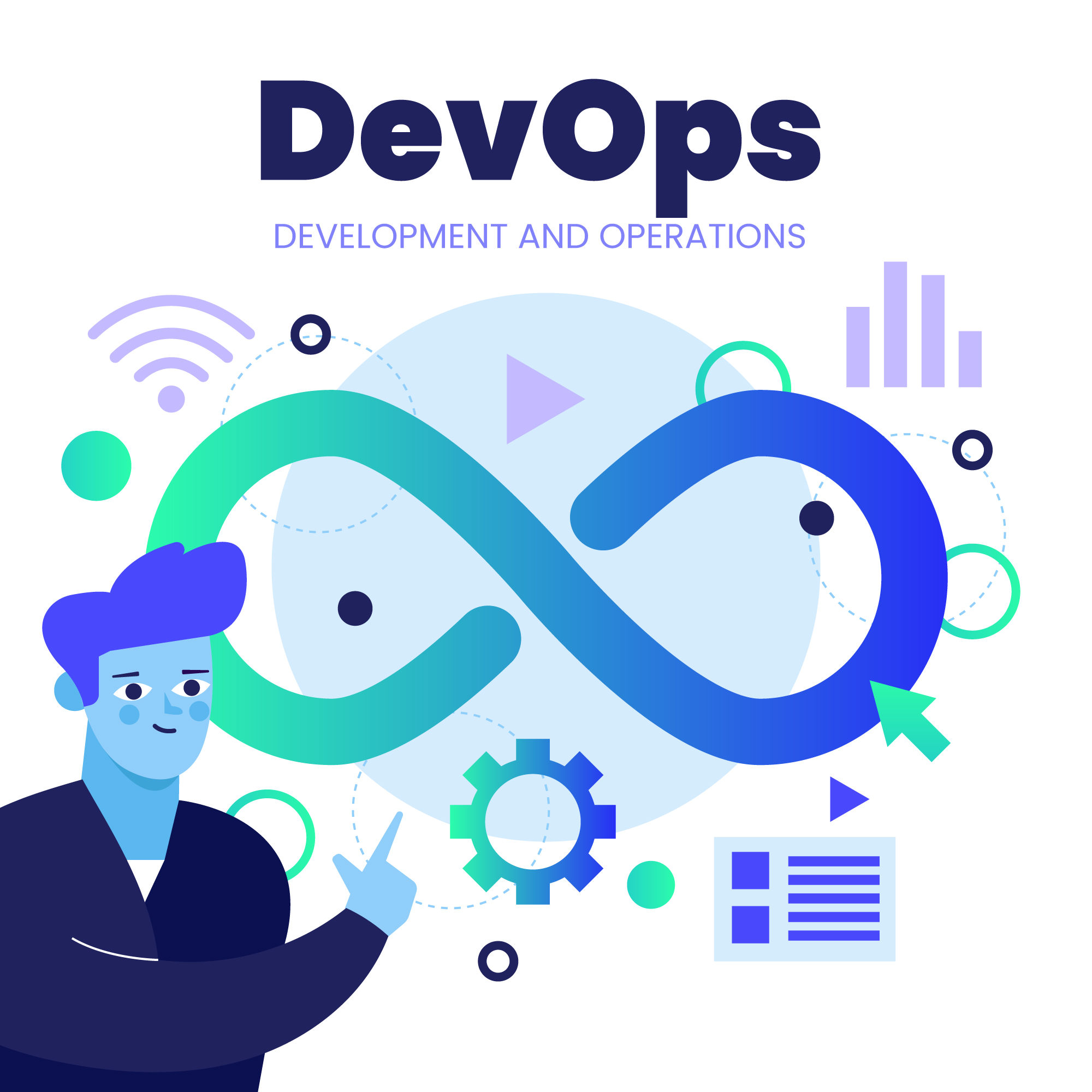Managing seven social media platforms simultaneously has become the baseline for professional content creators in 2025. Each platform demands unique content formats, posting schedules, and engagement strategies that can overwhelm even experienced creators.
The days of simply cross-posting identical content everywhere are over. Audiences expect platform-specific experiences, and algorithms punish lazy distribution tactics with dramatically reduced reach.
Technical Infrastructure for Scale
Automation transforms overwhelming workloads into manageable systems. But platform restrictions and API limitations create unexpected bottlenecks. Smart creators use a residential proxy infrastructure to manage multiple accounts, conduct competitor research, and access geo-restricted content without triggering platform security measures.
Content management systems designed for scale include Notion databases tracking content performance across platforms. Airtable workflows automate republishing schedules based on engagement metrics. Zapier integrations connect creation tools with publishing platforms, eliminating manual transfer tasks. These systems reduce administrative overhead by 60%, freeing creators to focus on content quality.
Cloud storage solutions prevent the nightmare of lost content. Google Drive organizes raw footage, Dropbox manages edited versions, and specialized platforms like Frame.io facilitate collaboration with editors and teams. Version control becomes critical when repurposing content across platforms with different technical requirements.
The Economics of Multi-Platform Creation
Professional content creators allocate an average of 47 hours weekly to social media management. That breaks down to content planning (12 hours), creation (18 hours), editing (8 hours), and community engagement (9 hours). Yet 73% report feeling perpetually behind schedule.
The financial stakes justify this time investment. Creators managing five or more platforms effectively earn 3.4x more than single-platform specialists. Brand partnerships value multi-platform reach, with sponsorship rates increasing exponentially based on cross-platform follower counts. A creator with 100,000 followers distributed across platforms commands higher rates than someone with 200,000 on Instagram alone.
But here’s what most creators miss: platform diversification isn’t just about revenue multiplication. It’s insurance against algorithm changes, platform decline, and audience migration. When TikTok faced potential bans, creators with established YouTube and Instagram presences maintained their income streams while TikTok-only creators scrambled to rebuild elsewhere.
Platform-Specific Content Optimization Strategies
Instagram’s evolution from photo-sharing to video-first platform requires creators to master Reels, Stories, carousels, and traditional posts simultaneously. The algorithm prioritizes Reels with 67% more reach than static posts, yet carousels generate 3x more engagement when users swipe through multiple images.
TikTok rewards frequency over perfection. Posting 3-4 times daily outperforms weekly polished content. The platform’s algorithm tests content with 300-500 initial viewers before determining broader distribution. Participation in trending audio and hashtags increases visibility by 83%, according to TikTok’s creator guidelines.
YouTube Shorts compete directly with TikTok but require different optimization. Shorts under 30 seconds perform 40% better than minute-long content. The platform’s recommendation system factors in channel-wide metrics, meaning Shorts success boosts long-form video visibility. Successful creators use Shorts as discovery tools, converting viewers to subscribers who consume longer content.
LinkedIn’s professional audience engages differently than consumer platforms. Posts with industry insights receive 2x more engagement than motivational content. Native video uploads see 5x more engagement than YouTube links. The platform’s algorithm favors posts that generate meaningful comments within the first hour, making strategic posting times crucial for B2B creators.

Analytics Integration and Performance Tracking
Native platform analytics tell incomplete stories. Instagram Insights shows engagement rates but misses competitor context. YouTube Analytics reveals watch time without explaining why viewers leave. TikTok’s Creator Tools provide surface-level metrics without actionable insights.
Third-party analytics platforms solve these limitations. Hootsuite Analytics aggregates cross-platform metrics into unified dashboards. Sprout Social tracks hashtag performance across networks. Later’s visual analytics identify optimal posting times based on historical engagement patterns. According to Social Media Today’s research, creators using integrated analytics tools see 45% better engagement rates.
The key metrics that actually matter vary by platform and creator goals. E-commerce creators track click-through rates and conversion metrics. Educational creators monitor watch time and retention. Entertainment creators focus on shares and viral coefficient. Identifying your North Star metric prevents data overwhelm while maintaining strategic focus.
Content Repurposing Workflows That Preserve Authenticity
Effective repurposing starts during initial content creation. Film horizontally for YouTube, vertically for TikTok, and capture both simultaneously using dual-camera setups. Record audio separately for podcast distribution. Photograph behind-the-scenes moments for Instagram Stories.
Transform long-form content into platform-specific derivatives. A 10-minute YouTube video becomes three TikToks highlighting key moments, five Instagram posts with carousel slides explaining concepts, and a LinkedIn article providing professional context. Each version feels native to its platform rather than lazily recycled.
Batch creation sessions maximize efficiency without sacrificing quality. Dedicate Mondays to filming, Tuesdays to editing, Wednesdays to optimization and scheduling. This structured approach eliminates daily content pressure while maintaining consistent posting schedules. Successful creators report 70% time savings through systematic batching.
Community Management Across Platforms
Engagement strategies differ dramatically between platforms. Instagram comments require quick, personal responses. YouTube community posts foster longer discussions. TikTok comments blend humor with information. LinkedIn discussions maintain professional tones while building thought leadership.
Develop platform-specific community guidelines that reflect each audience’s expectations. Instagram followers expect lifestyle authenticity. YouTube subscribers want detailed responses to technical questions. TikTok viewers appreciate creator participation in comment threads. These nuanced approaches build stronger connections than generic responses.
Community management tools streamline multi-platform engagement without losing personalization. Buffer’s engagement features surface important comments across platforms. Agorapulse identifies brand mentions requiring responses. These tools ensure no important interaction gets missed while preventing engagement overwhelm.
Monetization Diversification Strategies
Platform-specific monetization requires understanding each network’s revenue mechanisms. YouTube AdSense provides predictable income based on watch time. Instagram’s affiliate marketing thrives through Stories and link stickers. TikTok’s Creator Fund pays minimal amounts, but brand partnerships command premium rates.
Successful creators layer multiple revenue streams within each platform. YouTube channels combine AdSense, channel memberships, Super Thanks, and merchandise shelves. Instagram profiles integrate shopping tags, affiliate links, and sponsored content. Creator economy report from Forbes indicates top earners average seven distinct revenue sources.
Building platform-agnostic assets protects against dependency. Email lists, online courses, and digital products provide income regardless of algorithm changes. Your social media presence becomes a discovery mechanism rather than your entire business model. This strategic positioning ensures long-term sustainability beyond platform volatility.
Future-Proofing Your Multi-Platform Strategy
Emerging platforms require strategic evaluation before resource investment. Assess audience overlap, content format compatibility, and monetization potential. Early adoption provides competitive advantages, but spreading too thin dilutes content quality. The most successful creators maintain excellence on core platforms while experimenting with emerging ones.
Platform features evolve constantly. Instagram adds new Reels editing tools monthly. YouTube experiments with Shorts monetization models. TikTok introduces e-commerce integrations. Staying current requires dedicating time weekly to platform updates and beta features. Creators who adapt quickly to new features receive algorithmic boosts and maintain competitive edges.
Your multi-platform strategy should evolve with audience behavior and platform changes. Quarterly audits identify underperforming platforms deserving reduced investment. Annual planning sessions establish content themes and platform priorities. This strategic flexibility ensures continued growth despite inevitable platform disruptions.





